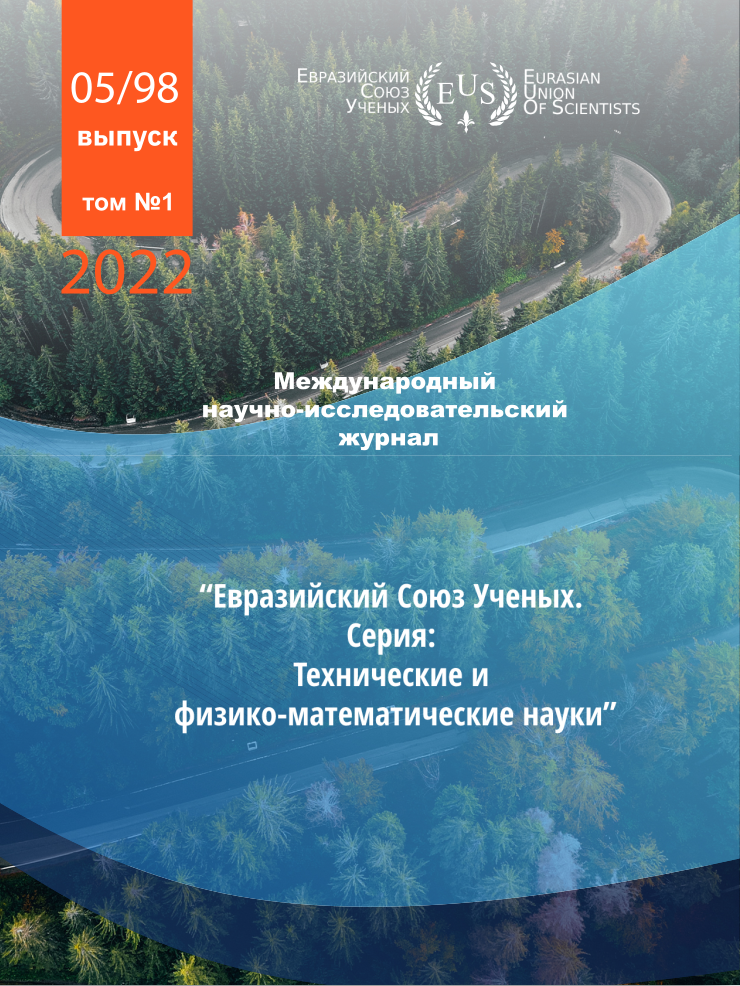WAYS TO IMPROVE THE HEAT GENERATOR A. ROSSI
Abstract
Based on the test report of the heat generator by A. Rossi (2011, Lugano), the authors calculated that the
summa of nuclear energy had been generated by the heat generator for 30 days exeeded 2900 MJ . To improve the
operational characteristics of the device, it is proposed to use a high-frequency generator to heat the reacting
mixture. The use of titanium instead of nickel in the heat generator can also be useful. An experiment was carried
out in during which a nuclear reaction in a mixture of 5 g of nickel and 0.5 g of lithium aluminum hydride was
initiated by heating in a household microwave oven. Gamma analysis of the mixture after it had cooled revealed
the presence of a number of short-lived nuclides including 46K (half-life 1.75 min.), 91mMo (half-life 1.077 min.),
168mLu (half-life 6.70 min.). At the moment of start of measurements, the activity of these nuclides ranged from
0.5 to 1 Bq
References
2. Vachaev A.V., Ivanov N.I., Ivanov A.N., Pavlova G.A. A method for obtaining elements and a device for its implementation. RF patent No. 2096846, MKI G21 G1 / 100, H05 H1 / 24. Appl. 05/31/94 // Inventions, 1997. No. 32. P. 369.
3. Parkhomov A.G. Nickel-hydrogen reactors created after the publication of the report on the experiment in Lugano / International Journal of Unconventional Science. 2016. Issue No. 11. P. 58-62 http://www.unconvscience.org/pdf/11/parkhomov-ru.pdf (17.07.2022)
4. Levi G., Foschi E., Hoistad B. Observation of abundant heat production from a reactor device and of isotopic changes in the fuel. [ electronic resource] http://amsacta.unibo.it/4084/1/LuganoReportSubmit.pdf. (17.07.2022)
5. Parkhomov A.G. Report of international committee about Rossi high temperature heat generator testing / International Journal of Unconventional Science. 2014. Issue no. 6. P. 57-61 http://www.unconvscience.org/pdf/6/parkhomov2-ru.pdf (17.07.2022)
6. Atomic Mass Evaluation – AME2016 [electronic resource] http://www.nds.iaea.org/amdc/ame2012/mass.mas12 (17.07.2022)
7. Parkhomov A.G., Zhigalov V.A., ZabavinS.N., Sobolev A.G., TimerbulatovT.R. Nickel-Hydrogen Heat Generator, continuously worked 7 months // International Journal of Unconventional Science. 2019. Issue 23 — 24. P. 57-63 http://www.unconvscience.org/en/n23/parkhomov2/ (17.07.2022)
8. National Nuclear Data Center, Chart of Nuclides [electronic resource] http://www.nndc.bnl.gov/nudat3/99 (17.07.2022)
9. Murzin V.S. Astrophysics of Cosmic Rays: Textbook for High Schools. M.: University book; Logos, 2007. 488 p. ISBN 978-5-98704-171-6
10. Knecht, A. Study of nuclear hroperties with muonic atoms / The European Physical Journal Plus. 2020. 135 (10). DOI:10.1140/epjp/s13360-020-00777- y.
11. Tertyshnik E.G., Epifanova I.E. A method for identifying and calculating the activity of short-lived cosmogenic gamma emitters // International Journal of Applied and Fundamental Research. 2021. no. 8. P.44- 52. DOI: 10.17513/mjpfi.13261. https://appliedresearch.ru/ru/article/view?id=13261 (17.07.2022)
CC BY-ND
A work licensed in this way allows the following:
1. The freedom to use and perform the work: The licensee must be allowed to make any use, private or public, of the work.
2. The freedom to study the work and apply the information: The licensee must be allowed to examine the work and to use the knowledge gained from the work in any way. The license may not, for example, restrict "reverse engineering."
2. The freedom to redistribute copies: Copies may be sold, swapped or given away for free, in the same form as the original.





